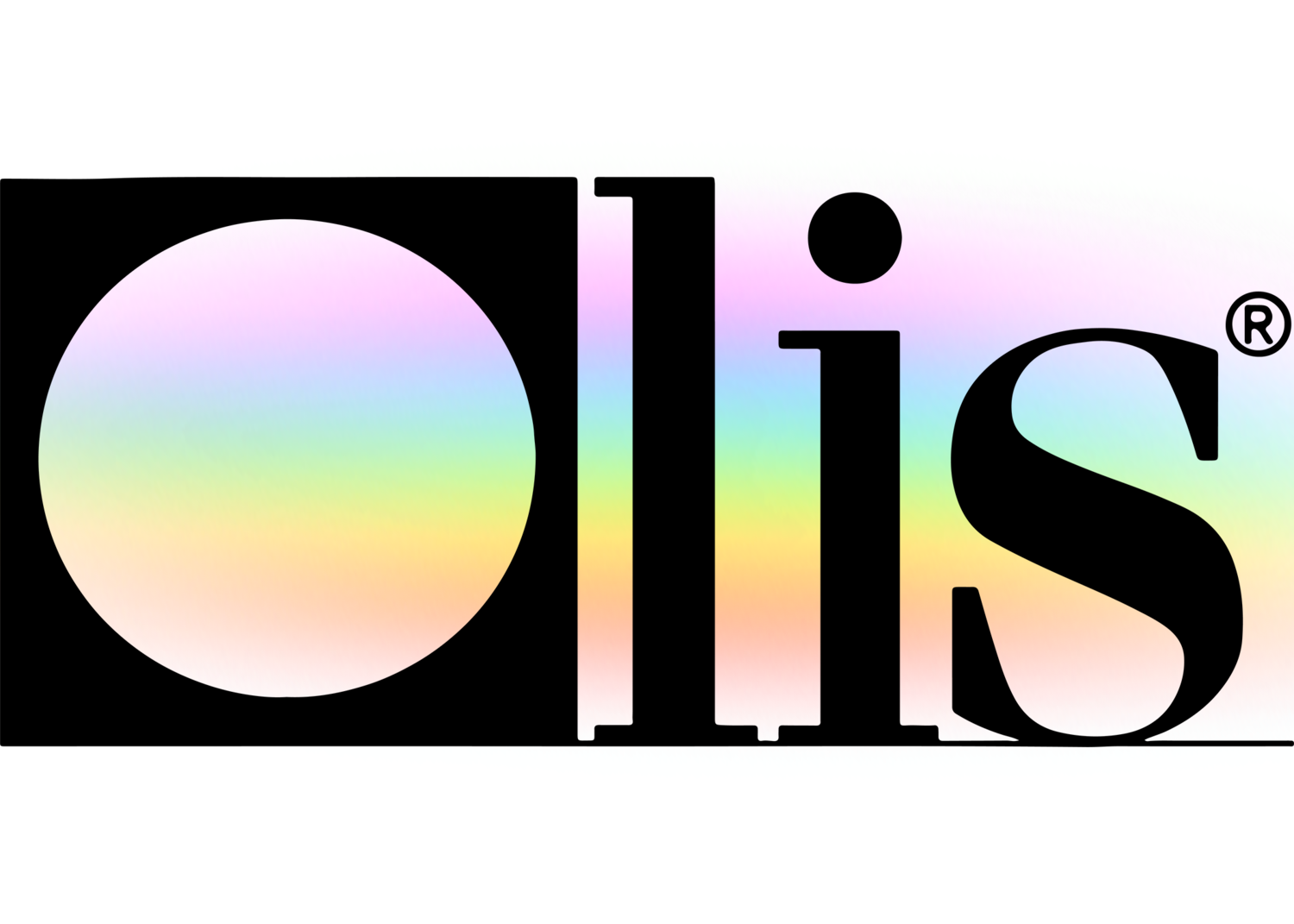What Does Uv/vis Mean?
What Does Uv/vis Mean?
Blog Article
4 Simple Techniques For Uv/vis
Table of ContentsFascination About Uv/vis/nirExamine This Report about SpectrophotometersNot known Factual Statements About Circular Dichroism 4 Easy Facts About Circularly Polarized Luminescence ShownExamine This Report on Uv/vis/nir

Spectrophotometry is a tool that hinges on the quantitative analysis of molecules depending on how much light is soaked up by colored substances.
What Does Circular Dichroism Mean?
A spectrophotometer is typically used for the measurement of transmittance or reflectance of solutions, transparent or opaque solids, such as polished glass, or gases. Although many biochemicals are colored, as in, they absorb noticeable light and for that reason can be measured by colorimetric treatments, even colorless biochemicals can often be transformed to colored compounds appropriate for chromogenic color-forming responses to yield substances appropriate for colorimetric analysis.: 65 However, they can also be designed to measure the diffusivity on any of the noted light varieties that normally cover around 2002500 nm using various controls and calibrations.
An example of an experiment in which spectrophotometry is utilized is the determination of the stability constant of an option. A specific chemical reaction within an option may occur in a forward and reverse direction, where reactants form items and products break down into reactants. At some point, this chemical response will reach a point of balance called a balance point.
The Single Strategy To Use For Uv/vis/nir
The amount of light that goes through the option is a sign of the concentration of specific chemicals that do not allow light to travel through. The absorption of light is because of the interaction of light with the electronic and vibrational modes of particles. Each kind of molecule has a specific set of energy levels connected with the makeup of its chemical bonds and nuclei and thus will soak up light of particular wavelengths, or energies, resulting in special spectral properties.
They are extensively utilized in numerous markets including semiconductors, laser and optical production, printing and forensic examination, as well as in laboratories for the study of chemical compounds. Spectrophotometry is often used in measurements of enzyme activities, determinations of protein concentrations, decisions of enzymatic kinetic constants, and measurements of ligand binding reactions.: 65 Ultimately, a spectrophotometer is able to determine, depending on the control or calibration, what substances are present in a target and precisely how much through calculations of observed wavelengths.
Developed by Arnold O. Beckman in 1940 [], the spectrophotometer was produced with the help of his coworkers at his company National Technical Laboratories founded in 1935 which would become Beckman Instrument Company and eventually Beckman Coulter. This would come as an option to the previously produced spectrophotometers which were not able to absorb the ultraviolet correctly.
A Biased View of Uv/vis/nir
It would be discovered that this did not provide satisfactory results, therefore in Model B, there was a shift from a glass to a quartz prism which enabled for much better absorbance results - UV/Vis/NIR (https://www.magcloud.com/user/olisclarity1). From there, Design C was born with an adjustment to the wavelength resolution which wound up having 3 systems of it produced
It irradiates the sample with polychromatic light which the sample takes in depending upon its properties. Then it is sent back by grating the photodiode selection which spots the wavelength region of the spectrum. Because then, the production and application of spectrophotometry gadgets has actually increased immensely and has actually become one of the most innovative instruments of our time.

More About Uv/vis/nir
Historically, spectrophotometers utilize a monochromator consisting of a diffraction grating to produce the analytical spectrum. The grating can either be movable or repaired. If a single detector, such as a photomultiplier tube or photodiode is used, the grating can be scanned step-by-step (scanning spectrophotometer) so that the detector can measure the light strength at each wavelength (which will correspond to each "action").
In such systems, the grating is fixed and the intensity of each wavelength of light is measured by a different detector in the array. When making transmission measurements, the spectrophotometer quantitatively compares the fraction of light that passes through a reference option and a test option, then digitally compares the intensities of the 2 signals and calculates the percentage of transmission of the sample compared to the referral standard.

Report this page